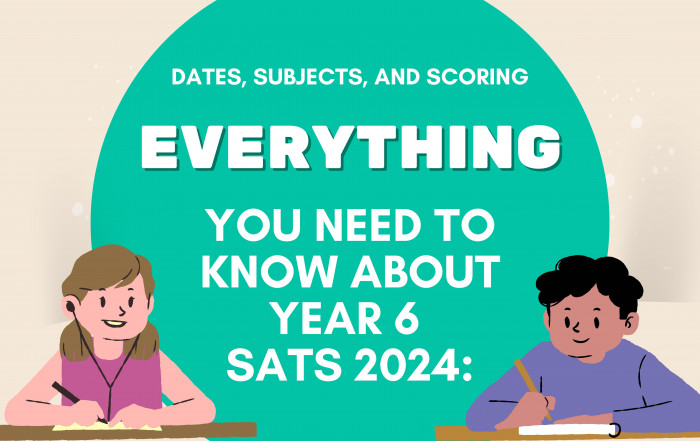We’re always looking for ways to help support with the KS2 SATs. With that in mind, we’ve been noting down different ways to help you support pupils prepare for the reading test in SATs Ks2 papers taking place in May. We hope that our tips will help you and your class beat the test!
In class:
1. Start with the process of reading
Whilst it is important to focus on the style of questions that appear in the tests, it’s often useful to begin with the process of reading. Try providing regular practice for the pupils to read texts aloud. Focus on any long and complex sentences or words so that they are more comfortable with the reading test in May. Some children may feel self-conscious about reading aloud. You might like to read aloud a sentence yourself and ask your class to repeat it with emphasis on a particular word. This can be particularly useful to link with grammar. When reading aloud, ask your class to consider how the use of the comma for example, or the fronted adverbial helps us in our comprehension.
2. Vocabulary
Last year, 1/5th of the questions focused on vocabulary in context. In order to build this skill up in your class, try explicitly teaching new vocabulary. There are some excellent resources, and we particularly love the Vocabulary Ninja website which has free words of the day.
4. Summarise
When reading, ask the children to summarise each section of the text so that they practice. A hack I picked up while I was at university was writing down a single word next to the paragraph I was reading. This was a useful way of keeping track of where information was. Your class could also write down any key words they find, in order to help with remembering. This gradually builds up their summarising skills and helps to provide a useful signpost for pupils about information contained within the text.
5. Try giving questions that go from hard to easy
When questions start from easy and then become difficult, it can mean not every pupil has the opportunity to try the trickier questions. Pupils always prefer to do the easy questions and the ones they are already good at.

6. Construct the perfect answer
Have the mark scheme up on the board. Working within mini groups or pairs, have students collaboratively try and construct the perfect answer. This is much easier and possible when they help each other and find the right words together.
7. Pinpoint the areas that your class need support in
Which types and styles of questions do your pupils need help with? Focus on this area using question stems, then prepare themed reading to target this area.
8. Inferences
This is sometimes a tricky one for students to get. Let your pupils know they are already using inference skills all the time. Play a popular song, download the lyrics and use it as a way of exploring the characters’ thoughts and feelings. Another idea for an inference task without the pupils even realising is to ask the Head or Deputy to come into your classroom at an unexpected time. Have a whispered conversation to the side and you could point to the fire alarm and look at the clock. When the head or deputy leaves, ask your class what they think was discussed.
9. Reading fluency
With reading fluency under the spotlight, it is useful to get your pupils to grips with the sheer amount of text they have to get through during the actual tests. This blog from HfL has some useful strategies particularly when it comes to pupils that might not be as fluent in their reading. This TES article also contains some interesting points including a link to The Multi-dimensional Fluency Scale.
Follow us on social media for free resources, tips and special offers.








Leave A Comment
You must be logged in to post a comment.